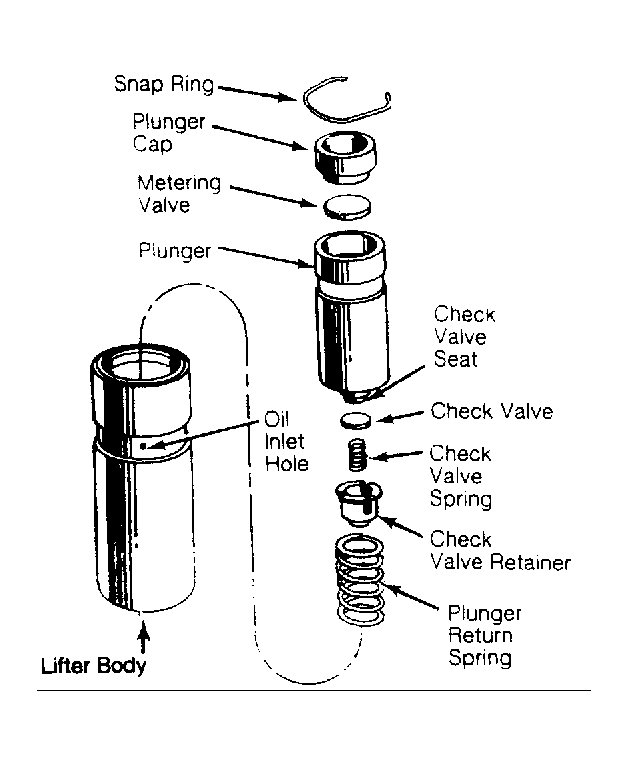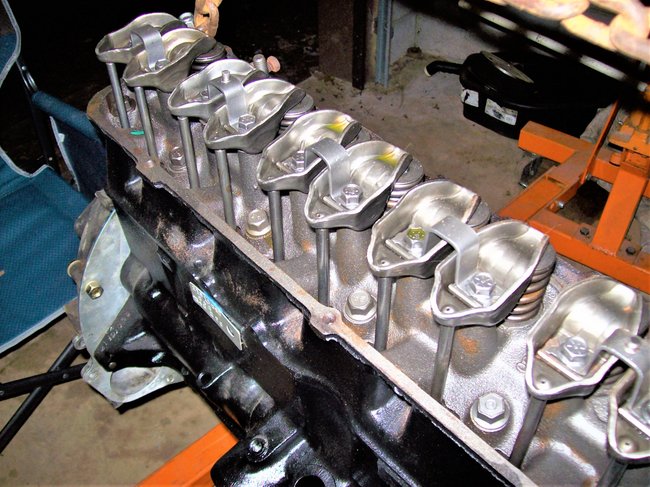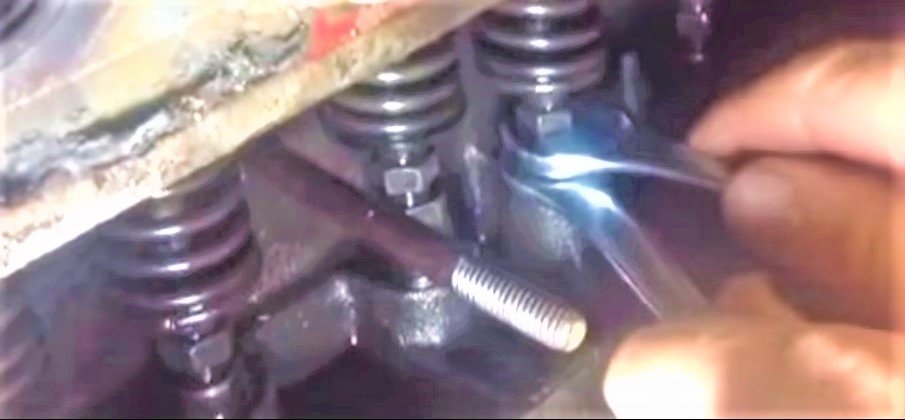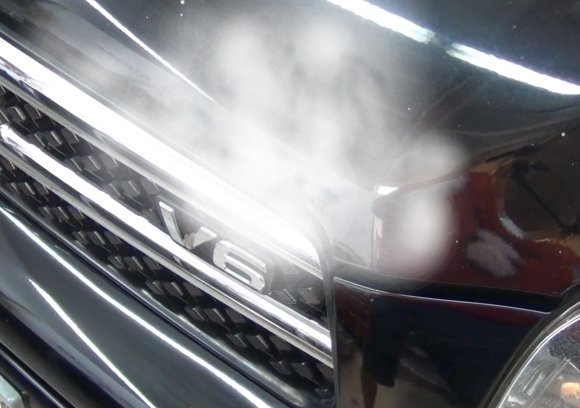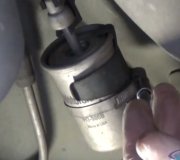Think of the tappet (hydraulic lifter) as 5 gallon bucket with a 2 gallon bucket inside. The 2 gallon bucket is sitting on "bubble wrap".
If these are new (un-oiled/ engine not run) tappets and you tighten the rockers until there is no "give". Basically you have stepped into the 2 gallon bucket and shoved it to the bottom of the 5 gallon bucket, the bubble wrap is busted.
At this point you might say that you have a solid lifter per it's situation.
Right now you could say you are at rock bottom zero.
If you tighten the rocker any more, the valve will begin to open (as it should be 100% closed with the tappet "down") Open valves while it's running just ain't good at all!
Now that it has run, I'd get them (tappets) all down (one at a time) and adjust them one at a time.
Back the rockers out until the rocker and push rods are gapped apart. Run them back together until they just touch.
What we have now is "zero" with the tappet unable to adjust out any more to compensate for wear. (this is not what we want).
Tappets are not all the same as far as adjustments.
If you can/ even go to a parts store and measure the amount a plunger can push inward on a "Brand New" tappet exactly like yours.
This is a "make believe" number!
180 thousandths- plunge
I would rotate each rocker nut the number of threads equal to (make believe, lets say 5 revs) (120 thousandths). This would be 2/3s of the travel available, leaving 1/3 of the plunge unused.
It doesn't matter if there is oil in them. With the tappet "down" and the rocker completely having been backed completely out, the tappet's plunger should be all of the way up, before you tightened the additional (make believe) 5 threads.
Now when it is run, oil pressure will adjust everything as it should.
You now will have 2/3 of whatever travel to automatically adjust the system.
This may help some with the carburetor.
https://www.2carpros.com/questions/jeep-cj7-1985-jeep-cj7-stalls-when-hot
In jumping to a new subject, the big guy's S.O.P is to create a new question to keep different repairs from intermingling (messes up somebody performing a search at this site).
Not getting upset by no means! Just start a new question should the subject change. You can ask for specific people if you wish or you can let one of the many experts here jump in there!
Continue on this thread with updates about the tappet situation.
The Medic
Wednesday, September 11th, 2019 AT 3:58 PM
